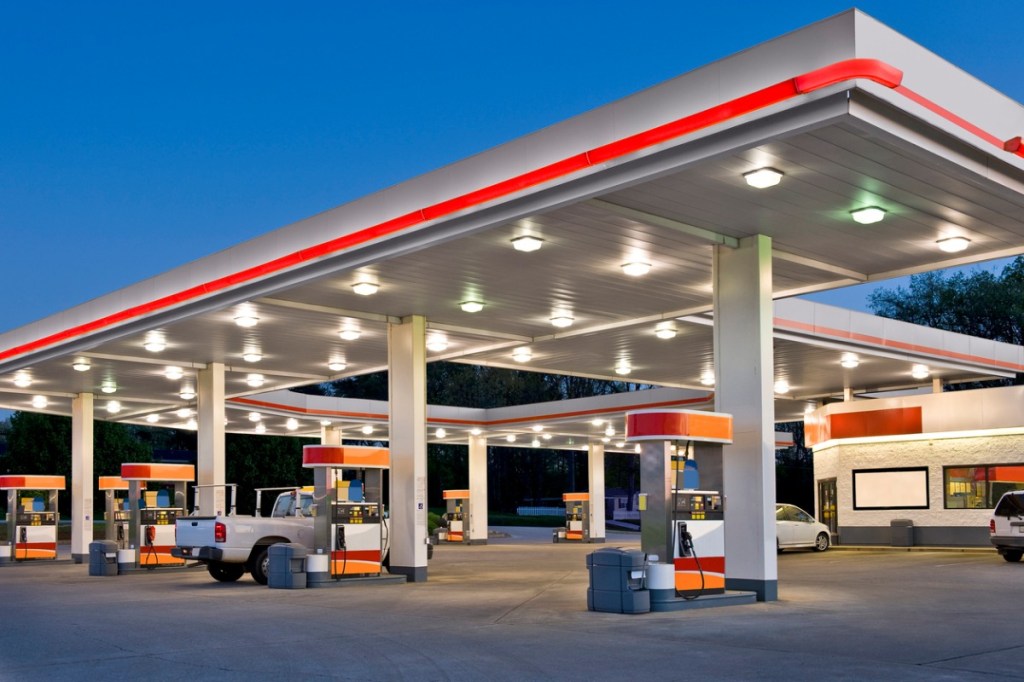The Australian Competition and Consumer Commission (ACCC) has released its latest petrol monitoring report, which has indicated a drop in average retail petrol prices in 2020-21.
The report looks at Australian petrol prices in the 2020-21 financial year and the June quarter 2021. It shows that in Australia’s five largest cities, average retail petrol prices were the lowest in 22 years in real inflation adjusted terms.
According to the report, annual average retail prices in 2020-21 in Sydney, Melbourne, Brisbane, Adelaide and Perth were 129.7 cents per litre (cpl), a decrease of 4.9 cpl from 2019-20 (134.6 cpl). In real terms, the last time annual average retail prices were lower than this was in 1998-99 when they were 115.0 cpl.
Rod Sims, Chair, ACCC, said that low average petrol prices in the last financial year have come after prices reached record lows around the onset of the COVID-19 pandemic.
In 2020-21, taxes were the largest component of the price of petrol in the five largest cities, and greater than the cost of refined petrol. Taxes accounted for 42 per cent of the price, while the international price of refined petrol accounted for 39 per cent.
Petrol sales continue to be lower
The COVID-19 restrictions on travel and economic activity in Australia imposed in mid-March 2020 meant that there was significantly less petrol purchased from retail sites. In 2020-21, annual petrol sales volumes were around 11 per cent lower than in 2018-19, before the impact of COVID-19.
“The pandemic has had an enormous impact on demand for petrol in Australia, going back to March last year and this has influenced retail prices and gross retail margins,” Sims said.
“While the June quarter 2021 results show only a relatively small drop in demand for petrol, millions of Australians have been in lockdown since the end of June 2021, and we will see the impact that’s had on fuel sales volumes in our September quarter 2021 report.”
June quarter 2021
While the 2020-21 annual figures were low, prices started to increase in the second half of the year. The report shows higher international refined petrol prices drove average retail petrol prices higher in the June quarter 2021. Average retail petrol prices in the five largest cities were 142.0 cpl in the June quarter 2021, which was 8.6 cpl higher than the March quarter 2021 (133.4 cpl).
Movements in Australia’s retail petrol prices largely mirror movements in international refined petrol prices, which generally follow international crude oil prices. The major influences on crude oil prices in the past year were agreements made by the Organisation of the Petroleum Exporting Countries (OPEC) cartel and other crude oil producing countries to cut crude oil production, and the impact on demand of the COVID-19 pandemic.
“The production cuts agreed to by the OPEC cartel over the last 18 months have contributed to higher international crude oil and refined petrol prices in the first half of 2021,” Sims said.
“Australian petrol prices reflect international refined petrol prices so when prices go up in the Asia Pacific region, motorists in Australia pay more for fuel.”
Regional prices
In 2020-21, average petrol prices across the more than 190 regional locations monitored by the ACCC were 127.6 cpl, which was 2.1 cpl lower than average prices in the five largest cities (129.7 cpl).
In comparison, in 2019-20 annual average regional prices were 4.0 cpl higher than average prices in the five largest cities, and in 2018-19 they were 6.5 cpl higher.
“Historically, regional Australians have paid more for petrol than motorists in the five largest cities, so four consecutive quarters of lower prices in the regions is significant,” Sims said.
“Possible reasons for this include fewer lockdowns in the regions, and regional retail petrol prices reacting slower to international price increases as a result of lower volume turnover.”
Darwin had the lowest average prices among all the capital cities, which was a significant turnaround from 2013-14 when prices in Darwin were over 19.0 cpl higher than those in the five largest cities.
Transparency schemes
In 2020-21 more motorists gained access to real-time fuel price data through state and territory government fuel price transparency schemes.
After a two-year trial, the Queensland Government made its scheme permanent in December 2020. The Tasmanian Government commenced its scheme in late 2020, and the South Australian Government commenced its scheme in March this year. This means that Victoria and the Australian Capital Territory are the only two jurisdictions to not have government fuel price transparency schemes.
Some fuel price websites and apps are more comprehensive and timelier than others. The government schemes are the most comprehensive and up to date, whereas the commercial apps and websites may not include all sites, which means that some of the lowest-priced sites are not listed.
However, in jurisdictions where the commercial services obtain their data via the government schemes, they can be as comprehensive and timely as the government websites and apps.

